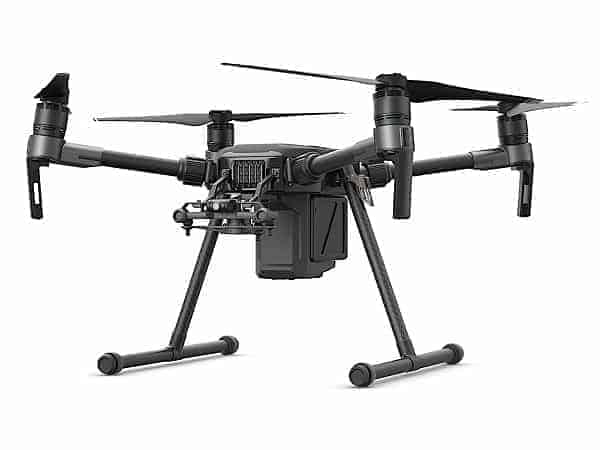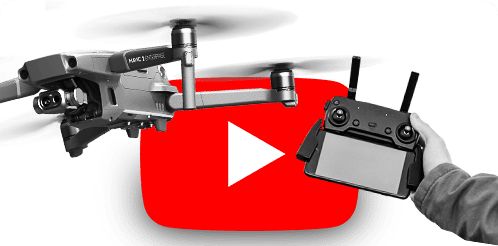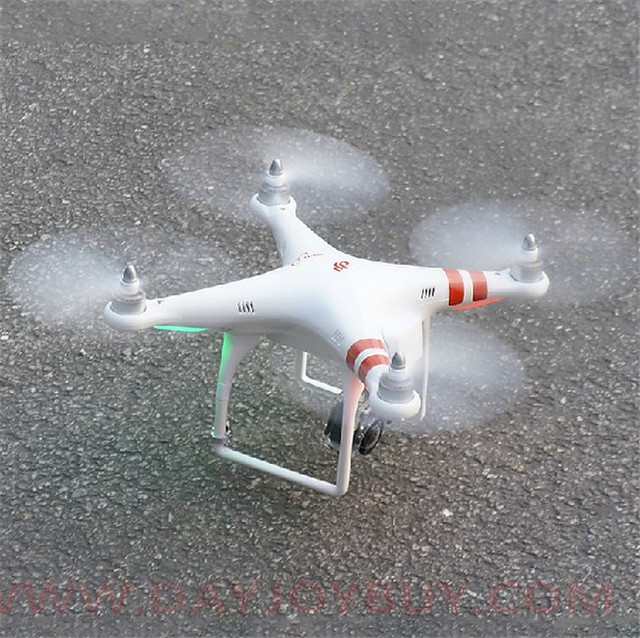
Perhaps you are just starting out with drone flying. First, you need a controller with control over the drone's speed and direction. The speed at which the drone can be flown will depend on what controller you have. This article will help you to use the controller and to set up the settings that make your drone fly exactly the way you want.
COG
The first step in controlling your drone is to determine its center gravity (COG). You can measure the device's true center of gravity with a stick measuring meter. Once you have determined the center of gravity you can adjust the drone's components by moving them. To balance the drone, you can use only your two fingers. This technique is also useful for balance other unmanned aircraft.
Yaw
You need to be familiar with pitch and yaw terms when flying a drone. Yaw is the counter-clockwise rotation of a drone. Pitch is the opposite. By pushing the left stick diagonally to the right or up, the drone can be rotated counter-clockwise. Pushing the left stick towards the right or up will activate both pitch and roll simultaneously. Rotating the right side stick back will engage more roll. Continue to do this until the drone returns to its original location.
Pitch
Pitch is one the most critical parts of a drone's control system. Pitch refers both to the drone's forward tilt and backward tilt. In order to move forward, or backwards, propellers on drones need to rotate at the exact same speed. The science behind pitch and roll is very similar, but there are also some differences. This is how to control pitch with your drone. This will make it easier to manage your drone more effectively.

Pitch controller
To design a proper Pitch Controller for controlling a drone, you will first have to choose the optimum D-value. The P controller is needed to produce enough power during large deflections. The D-value, however is needed for quick drone reactions. If the D value is too high, the drone might crash halfway through the flight. The drone should be able to hover if the D-value is set to 0.
D-value
The P-value, also known as the gain value, is one of the most important aspects of drone flight regulation. It controls how the drone responds to external forces. A low value of D-value will result in slow drone movements or slow slowed down. A high D/value will result is rapid, small-amplitude oscillations. A high D-value can also cause the drone to chirp and crash, decreasing its flying time and battery power.
AirSim
If you want to develop a drone-controlling software application, you may be interested in learning more about AirSim. It offers developers an extensive API set. This API set retrieves various data such as ground truth, sensor information, and images from drones. It also allows developers to code code for different drone platforms, and use that code to train their algorithms. AirSim supports ComputerVision mode, as well as transfer-learning.
DroneMapper
A new drone mapping software is on the market: DroneMapper RAPID. This product is a combination of industry-leading UAVs and payloads that are suitable for industrial use. Packages include sensors, custom mountings, and a tablet-based app that allows you to control your drone. It is great for beginners, as well as those who want a more advanced solution.

FAQ
How do you travel with a drone?
Drones have become increasingly popular for commercial and personal purposes. They can be used for photography, filming and aerial mapping. Recently, the FAA approved new regulations for drones, including requirements for registration, licensing and pilot training. These changes will help ensure that drones stay safe for all.
Is it safe and legal to fly a drone when driving?
It is risky to fly a drone while driving. You could end up in an accident with another vehicle. You may also run into pedestrians and other animals. Additionally, hitting power lines, trees or buildings could cause damage to your car.
How can I keep drones away?
Drones are becoming increasingly popular for home surveillance, but they also threaten privacy and security. Install motion sensors on your property to detect any unapproved flying objects. This will help you avoid being attacked by drones.
Statistics
- With the top 10% making over $100/h and the bottom 10% making as low as $10/h. (dronesgator.com)
- According to Indeed, a drone pilot gets paid $25.73 per hour on average in the US. (dronesgator.com)
- According to ZipRecruiter, the minimum hourly wage of drone pilots is $20. (thedroneu.com)
External Links
How To
How do you clean your drone?
These are some of the things you need to know before cleaning your drone. This guide will help you make sure that you get the most out of your drone.
-
Make sure you have the right tools. You should have everything you need to start any project. You will need a soft toothbrush (or a brush) and a cleaning product (we recommend WD40).
-
Remove the battery pack. First, remove the battery pack from your drone's bottom. It's usually quite easy to find the battery under the propeller, so don't worry if you're unsure where it is. Just take care not to lose any screws during removal.
-
You will need to remove all parts. Next, you'll need to carefully remove all of the parts from the underside of your drone. It is important to make sure none of the parts are broken or loose. They could become damaged when you try and clean it.
-
Use a cleaning solution. Now, clean your drone. Use WD40 to clean your drone. Spray the entire drone with the cleaner. Make sure to get between every component. Let it dry completely before you put everything back together.
-
Install the battery. Once you have cleaned the drone, make sure to put it back in its place. You'll be able test the drone's performance after it has been cleaned.